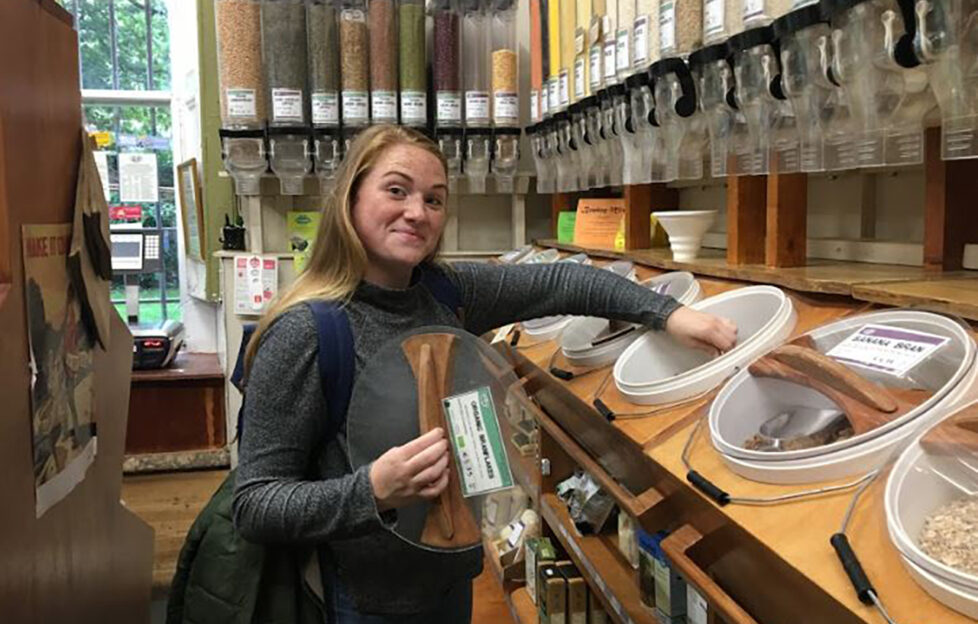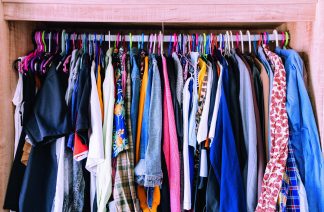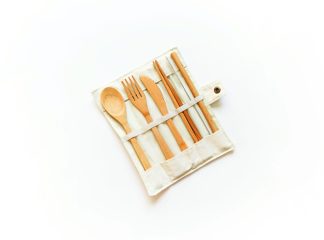Be The Change That Combats Climate Change!

Climate activist, environmental scientist and Scottish Influencer of the Year 2024 Laura Young shares with us some of her top tips for sustainable living. Discover the best ways to manage your environmental impact and combat climate change.
What is the biggest thing individuals can do to make a difference?
We can all campaign for change. From the easiest types of ‘slacktivism’ such as signing online petitions or sharing posts on social media, through to emailing and meeting with your MP/MSP or joining in local community action groups, we can have a huge impact when we organise and unite for change.
A lot of the time we talk about needing to change the system to tackle climate change, but we can do a lot by changing even the little things in our own lives.
No matter how small, these changes chip away at the bigger things we hope to influence. Every gram of carbon not emitted, each piece of single-use plastic avoided, and every conversation had about climate change will put us on the right trajectory for the future we want to see.
How can we initiate conversations with those around us about climate change and encourage them to consider making a difference too?
Climate scientist Katharine Hayhoe famously said in her TED Talk that the most important thing we can all do for climate change is have a conversation about it. This is where we can all begin, and this is how we can normalise sustainable solutions and keep this at the forefront of all we do. So, go and talk about it!
I find that beginning on mutual ground with subjects we have in common helps ground the conversation in a helpful way.
Not everyone has had the same experience and it is important we all understand the basics before we demand change from individuals, businesses, or governments. I find that beginning on mutual ground with subjects we have in common helps ground the conversation in a helpful way. Then, while expressing the urgency, bring in hope and solutions to show that the world we need is possible.
Laura’s top tips!
Renewable energy is cheaper than ever to produce. Spend a bit of time online researching the options available to your home and find the most financially viable option for you.
- Start with how you heat your home and switch to renewable energy where possible, invest in insulation and double or triple glazing, and if you are able to, add solar panels.
- Alongside home energy, we can also switch our finances and pensions to greener and more ethical funds. Where we keep our money, invest our money, and put our pension into can have a big impact on the funding available for climate solutions. Looking into greening your banking and pension can have one of the biggest impacts on your personal carbon footprint.
Consider Clothing
It is estimated that the fashion industry contributes to around 10% of global carbon emissions, and with clothing being predominantly made from polyester – a plastic – it is even more important that we think about how much we consume and throw away.
Here are a few questions which can help you shop with an environmental eye next time you’re looking for an outfit.
- Will I wear this more than 30 times? On average, we wear an item of clothing just seven times across its lifespan.
- Could I wear this in five different ways? Seeing the versatility in clothes helps extend their life.
- Do I have something similar already, or could I borrow it from someone else?
Avoid Single-Use Items
80% of Scotland’s carbon footprint comes from the goods, materials and services we produce, use, and often throw away after just one use. This means that reducing as much of our waste as possible is really important alongside looking for easily recyclable materials when going about
our everyday activities.
Top Swaps:
- Reusable water bottle
- Reusable coffee cup
- Spare cutlery and metal straw in your bag
- Bars of shampoo and conditioner
- Menstrual cup (or reusable pads)
- Reusable tote bags for shopping
- Small cloth produce bags for the green grocers
- Bread bag for taking to a bakery
- Tupperware for deli items
- Herbs and spices refilled from a zero-waste
shop into old jars - Lunch tin to get sandwiches from local cafés avoiding meal deal packaging
- Bamboo toothbrush








